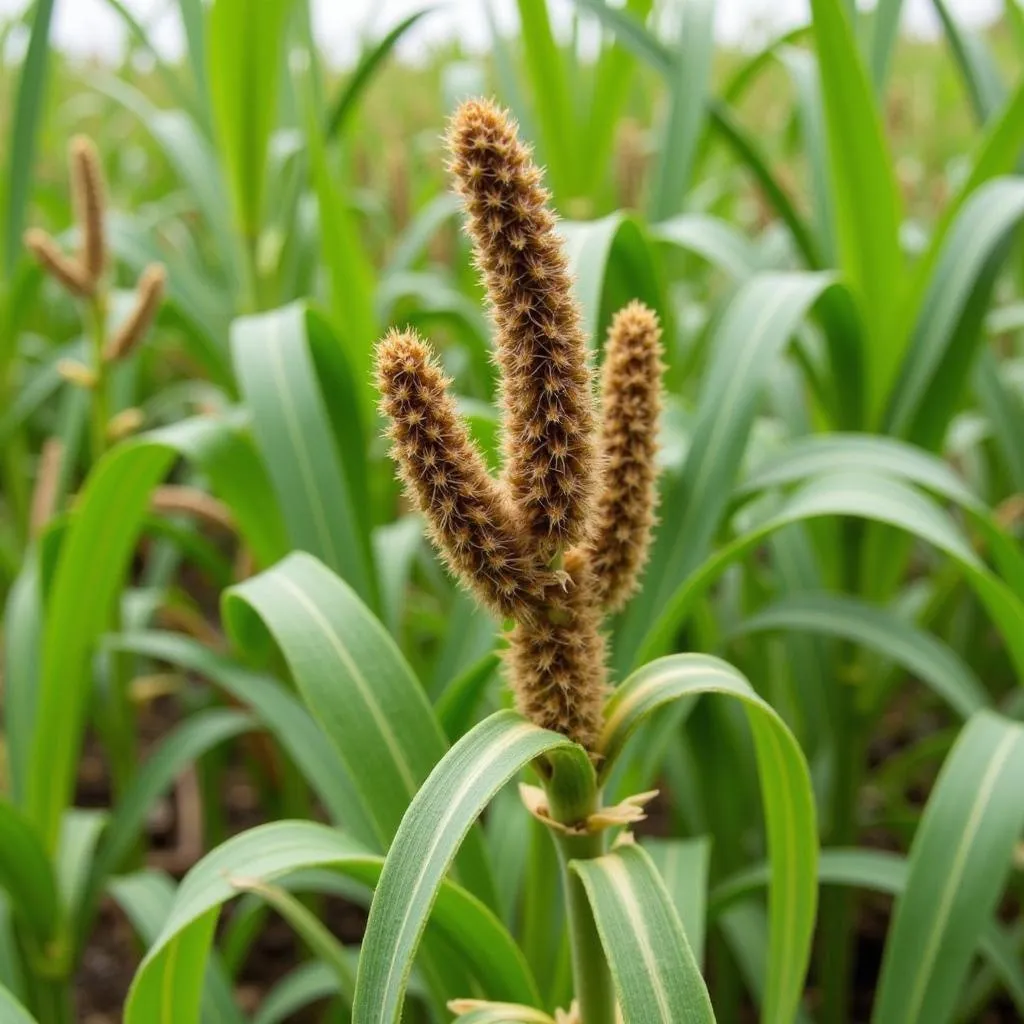African Catfish Feed Formulation: A Comprehensive Guide
African catfish farming is a booming industry, with the potential to provide a sustainable and affordable source of protein for many communities. However, to maximize yield and profitability, it’s crucial to understand the nutritional needs of these fish and how to formulate a balanced and cost-effective feed. This guide delves into the key aspects of African Catfish Feed Formulation, equipping you with the knowledge to boost your aquaculture venture.
Understanding the Nutritional Needs of African Catfish
African catfish are omnivorous, meaning they thrive on a diet comprising both plant and animal matter. While they can tolerate a wider range of feed ingredients compared to some other fish species, providing them with a nutritionally complete diet is essential for optimal growth, health, and reproduction.
Here’s a breakdown of the essential nutrients for African catfish:
-
Protein: As with most fish, protein is crucial for building and repairing tissues, and it should constitute the largest proportion of their diet. Aim for a protein content between 32% and 45% in your feed, depending on the fish’s age and growth stage.
-
Carbohydrates: While not as critical as protein, carbohydrates provide energy and should make up around 15% to 25% of the feed.
-
Lipids (Fats): Lipids are essential for energy storage, cell function, and hormone production. A lipid content between 5% and 15% is ideal for African catfish.
-
Vitamins and Minerals: Vitamins and minerals play vital roles in various physiological functions, including immune response, bone development, and metabolism. Key vitamins include A, D, E, and K, while essential minerals include calcium, phosphorus, and zinc.
 African Catfish Feeding Frenzy
African Catfish Feeding Frenzy
Key Ingredients for African Catfish Feed Formulation
When formulating feed for African catfish, it’s essential to consider the availability and cost-effectiveness of various ingredients. Here are some commonly used ingredients:
Plant-Based Protein Sources:
- Soybean Meal: A widely available and affordable protein source, soybean meal provides essential amino acids for catfish growth.
- Cottonseed Meal: Another readily available option, cottonseed meal offers good protein content but should be used in moderation due to the presence of gossypol, an anti-nutritional factor that can affect palatability.
Animal-Based Protein Sources:
- Fish Meal: A highly digestible protein source, fish meal is rich in essential amino acids. However, its cost and sustainability are concerns.
- Blood Meal: A good source of protein and iron, blood meal can be included in moderate amounts.
Energy Sources:
- Maize: A readily available and affordable energy source, maize provides carbohydrates for catfish.
- Wheat Bran: Wheat bran offers carbohydrates and some fiber, aiding in digestion.
Steps in African Catfish Feed Formulation
Formulating a balanced catfish feed involves a careful balance of science and practicality. Here’s a step-by-step guide:
-
Determine Nutrient Requirements: As mentioned earlier, the specific nutritional needs of African catfish vary depending on their age and growth stage. Consult established feeding tables or consult with an aquaculture expert to determine the optimal nutrient levels for your fish.
-
Select Ingredients: Consider the availability, cost, and nutritional value of different ingredients.
-
Calculate Ingredient Proportions: Use a feed formulation software or work with an expert to calculate the precise proportions of each ingredient needed to meet the desired nutrient levels.
-
Mixing and Pelleting: Thoroughly mix the ingredients and process them into pellets of the appropriate size for your fish.
-
Drying and Storage: Properly dry the pellets to prevent mold growth and store them in a cool, dry place.
Common Challenges and Solutions in African Catfish Feed Formulation
While feed formulation may seem straightforward, several challenges can arise:
-
Ingredient Quality Variation: The nutritional content of ingredients can vary depending on factors like source and storage conditions. Regularly test your ingredients to ensure consistency.
-
Feed Conversion Ratio (FCR): A low FCR (the amount of feed required to produce a unit of fish weight) is desirable for profitability. Optimize your feed formulation and feeding practices to improve FCR.
-
Water Pollution: Uneaten feed can contribute to water pollution. Monitor feeding closely and adjust feeding rates to minimize waste.
Conclusion
Formulating an effective African catfish feed is crucial for the success of any catfish farming operation. By understanding the nutritional needs of these fish and carefully considering ingredient selection and formulation techniques, you can ensure optimal fish growth, health, and profitability. Remember, investing in high-quality feed is an investment in the success of your aquaculture venture.


